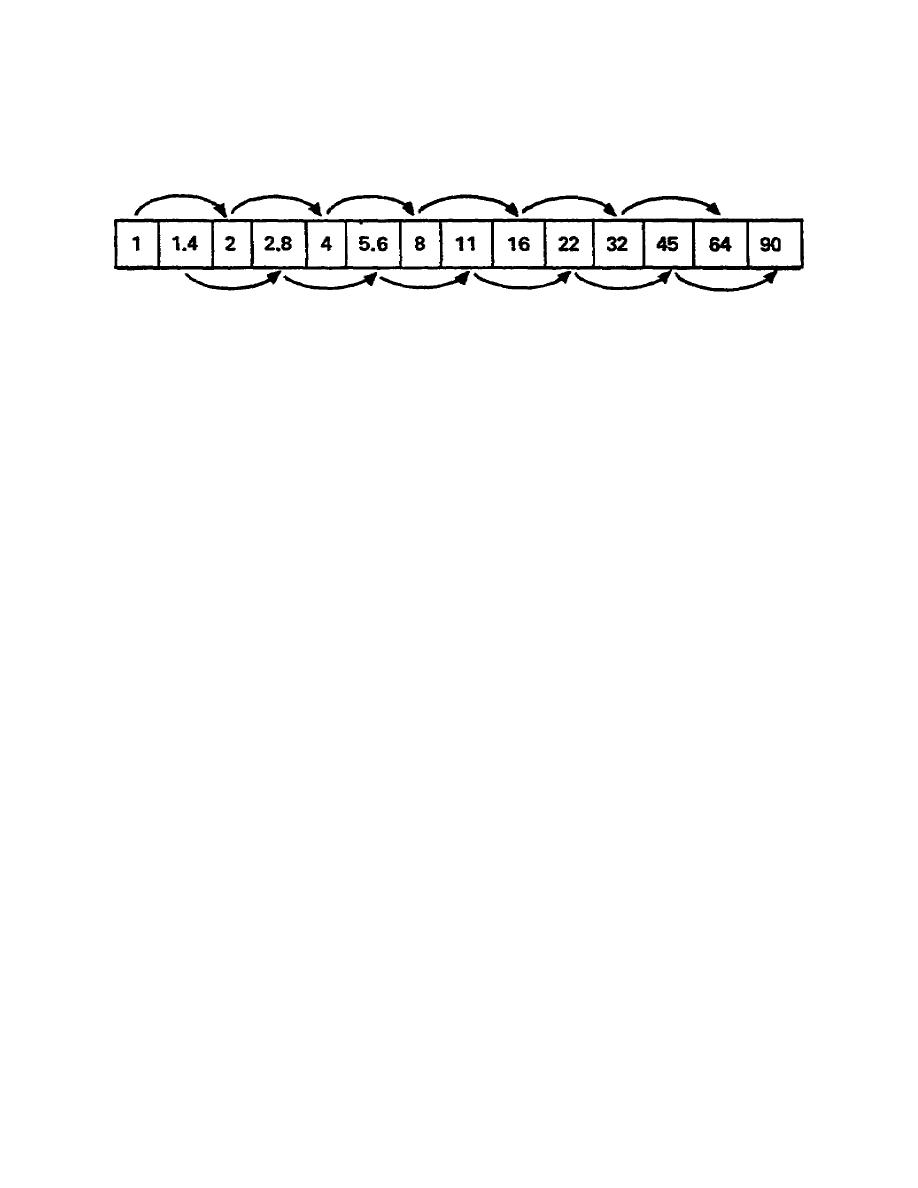
d. Look again at the f/number sequence, but this time, examine every
other number.
Notice that every other number is twice the value of its
predecessor (Table 1-2).
The two key numbers in this sequence are 1 and
1.4. The 1.4 is only approximate; actually it represents the square root of
2, which is closer to 1.4142135.
Table 1-2. Each doubling of the f/number results in a four-fold
decrease in the amount of light admitted through the lens
e. Notice every second number is almost double in value. For example,
11 isn't exactly twice 5.6 and 45 isn't exactly twice 22, but if you
remember that the actual number is 1.4142135, then 22 and 45 are very close
to the true values. It's all those unwritten decimal places (they're still
there, of course, even if they aren't written down) finally adding up enough
to require an adjustment to the numbers (11 is actually a rounding off of
11.313708 and 45 is a rounding off of 45.254832.) This sequence should
suggest which f/number comes after 90 and before 1; they are f/0.7 and
f/128, respectively.
f. This doubling business is sometimes confusing.
For example, a
change of three f/numbers is sometimes thought to mean a change of exposure
by a factor of six (2 x 3 = 6). But the real change is a factor of eight (2
x 4 = 8). Don't get confused by this, because the further you go, the worse
the error becomes. A change of four stops, for instance, might be thought
to be a factor of 8 (2 x 4 = 8), but it is actually 16 (2 x 2 x 2 x 2 = 16).
g. Exact f/numbers are often called stops because they "stop" light in
exact ways. In practice, the term "stop" is used to indicate any change of
exposure. "Stop" can refer to changing shutter speed ("Change your shutter
speed two stops up."); or film speed ("A film which is twice as sensitive to
light as another is termed 'one stop faster.'), as well as changing the lens
opening.
h. Even though we have only discussed the sequence of whole stops, lens
settings can easily be set at any intermediate point between numbers,
allowing you to fine tune your exposures. Many lenses, especially on 35 mm
cameras, are built so that as you move the f-stop ring, it will click into
place at each f/number so that you can feel it with your fingertips. The
ability to set the lens between these clicks is important because, as you
will soon learn, you can't usually do this with the shutter.
Stops are
often referred to in fractional amounts, such as "open the lens 1 1/2
stops", or "ISO 64 film is 2/3 stops faster than ISO 40 film".
You will
learn what ISO means later in this subcourse.
6


 Previous Page
Previous Page
